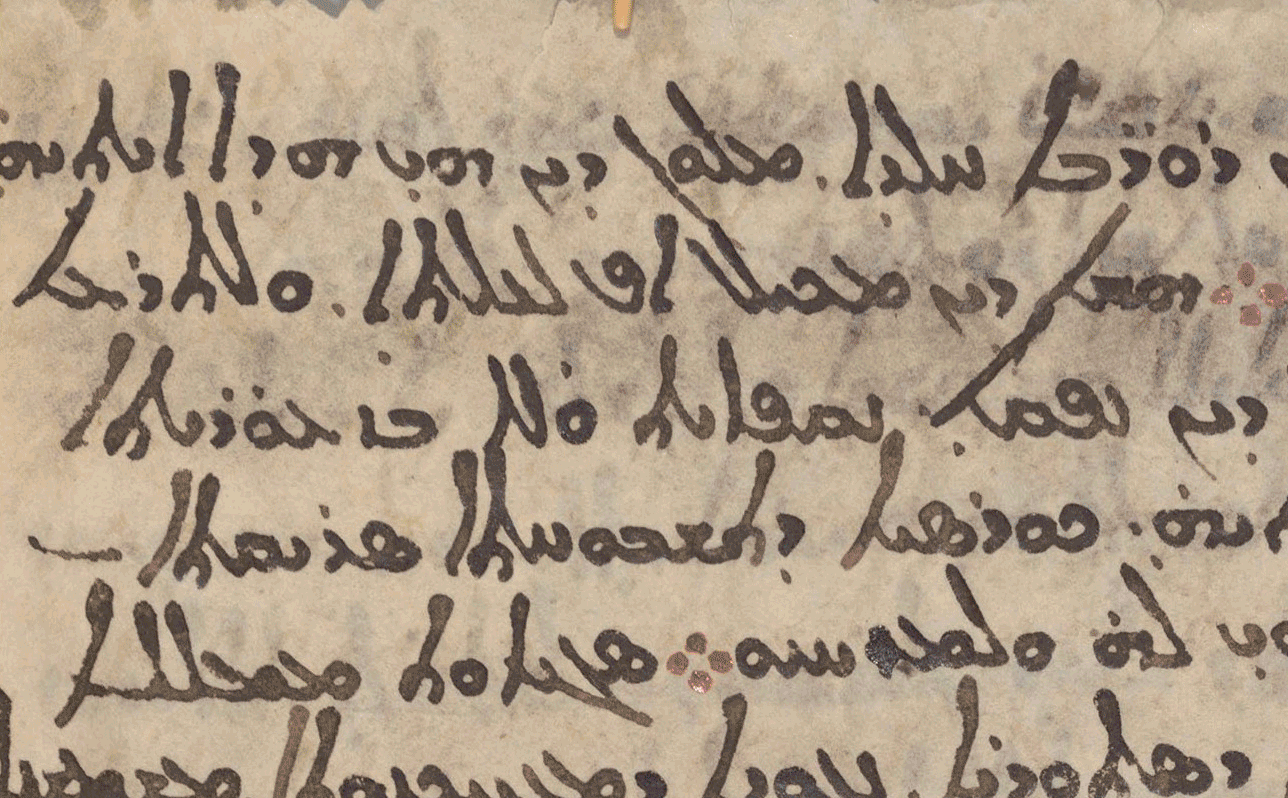A Medieval Manuscript Has Revealed the Oldest Known Map of the Stars
Advanced imaging uncovered part of the Greek astronomer Hipparchus’ long-lost star catalog

More than 2,000 years ago, the Greek astronomer Hipparchus looked up into the night sky and charted the precise locations of as many stars and other celestial objects as he could see. But historians have always believed his so-called star catalog was lost to the ages; they only know about it from references to it in later texts.
Now, researchers believe they’ve located part of the long-lost map of the cosmos in the pages of a medieval manuscript. The details of the groundbreaking discovery were published in the Journal for the History of Astronomy.
The story begins in Egypt at Saint Catherine’s Monastery, which originally housed the manuscript in question. Most of its 146 folios are now in the Museum of the Bible’s collection in Washington, D.C.
Called the Codex Climaci Rescriptus, the manuscript contains Christian texts. But it is also a palimpsest, or a document that’s been scrubbed of older writing so that it can be reused. Knowing this, Peter Williams, a biblical historian at the University of Cambridge, asked his students to pore over the recycled pages as a summer project in 2012. While working on the assignment, one of the students, Jamie Klair, noticed something intriguing: a passage written in Greek often attributed to astronomer Eratosthenes.
In 2017, researchers used multispectral imaging technology to see what else they could find hidden in the manuscript. This technique involves taking photos in several colors, then combining them with X-ray and infrared images of the document. As Jennifer Ouellette writes for Ars Technica, this process can reveal “minute hints of pigment, as well as hidden drawings or writings underneath various layers of paint or ink.” Researchers have also used multispectral imaging to show hidden text on Dead Sea Scroll fragments they thought were blank.
And then, while reviewing the results of that analysis, Williams spotted a passage that contained star coordinates.
Historians now believe Hipparchus wrote the page-long text, which plots the coordinates of the stars that make up the Corona Borealis constellation. The Earth slowly wobbles on its axis—a phenomenon known as precession—which means certain stars in the night sky shift over time. Armed with this knowledge, researchers were able to work backward and determine when Hipparchus jotted down the notes. Their calculations pointed to the year 129 B.C.E, which matches the period when historians suspect Hipparchus was working.
Hipparchus’ document represents the first attempt to measure the precise positions of stars, according to historians. Since telescopes had not yet been invented, Hipparchus and other early astronomers had to make do with less sophisticated tools, which makes the accuracy of his coordinates all the more impressive.
“It is a major milestone in the birth of science as a collective endeavor to measure and predict our surroundings,” says study co-author Victor Gysembergh, a historian at the French National Center for Scientific Research, to Vice’s Becky Ferreira.
The find adds to the body of evidence that Hipparchus mapped what he saw in the night sky “centuries before other known attempts,” Gysembergh adds. Before this discovery of Hipparchus’ notes, the earliest known star catalog on record was astronomer Claudius Ptolemy’s Almagest, written in the second century C.E.—some 300 years later.
The discovery also gives historians a deeper understanding of who Hipparchus was and what he was able to accomplish, James Evans, a historian of astronomy at the University of Puget Sound who was not involved in the study, tells Nature’s Jo Marchant.
“It gives us a fascinating glimpse of what he actually did,” he adds.
/https://tf-cmsv2-smithsonianmag-media.s3.amazonaws.com/accounts/headshot/SarahKuta.png)
/https://tf-cmsv2-smithsonianmag-media.s3.amazonaws.com/accounts/headshot/SarahKuta.png)